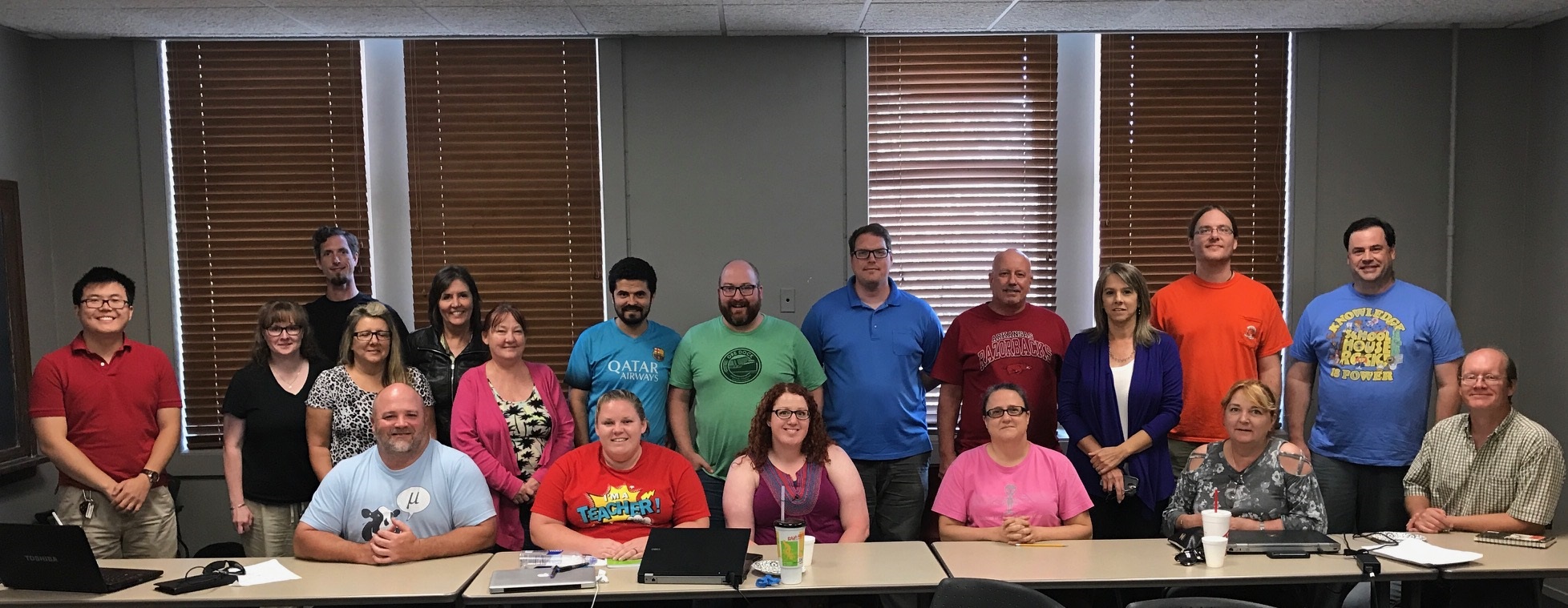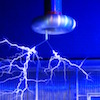Friday Flyer - October 20, 2017

Spotlight on University of Oklahoma QuarkNet Center
QuarkNet's two Oklahoma centers—University of Oklahoma and Oklahoma State—take turns hosting summer teacher workshops each year. In summer 2017, the University of Oklahoma in Norman hosted approximately 20 teachers from across the state. The first two days of the 2017 five-day workshop included several opportunities for teachers to share favorite particle physics related classroom activities, in addition to some talks from mentor Michael Strauss and other faculty updating teachers on the latest developments in particle physics. During the final three days, teachers worked through the new CMS e-Lab in addition to several activities from the Data Portfolio.


News from QuarkNet Central
Registration is in gear for the LHC World Wide Data Day (read the memo)—it closes in 4 days, so please sign up soon! And registration is just about to start for International Masterclasses (read the circular). Get your slot for a great videoconference! Follow them both on Twitter, @physicsIMC.
Have an unused QuarkNet cosmic ray muon detector lying around? Please either get it up and running uploading data to the e-Lab, or return it to QuarkNet central so it may be put to use in another teacher's classroom; QuarkNet will even pay for shipping! Contact Mark, Ken or Shane if you need assistance getting the detector up and running, or if you have any other questions. Contact Dave Hoppert to return a detector or request repairs.

Physics Experiment Roundup
As you may have noticed, gravitational waves have been all over the news again this week. Until recently, observed gravitational wave bursts have come from colliding black holes; we now see evidence of colliding neutron stars producing measurable gravitational wave bursts. Symmetry reports the findings here, and the New York Times here. In other news, collaborators on the BASE experiment measure a property of antimatter 350 times more precisely than previously measured.

Resources
This Veritasium video reports on the first ever light and gravitational wave cosmic event. (H/T to Michael Wadness.) In addition, here are a couple of related videos found on the Fermilab YouTube channel: one on chasing down gravitational wave sources with the Dark Energy Camera, and another showing a silent animation of two neutron stars colliding.

Just for Fun
Print out your very own particle physics-themed birthday cards; an instant hit, guaranteed! From hovercrafts to lightsabers, find out how close some of the technology in Star Wars has come to real-world science and technology of today in this series of video clips called Science and Star Wars.
QuarkNet Staff:
Mark Adams: adams@fnal.gov
Ken Cecire: kcecire@nd.edu
Shane Wood: swood5@nd.edu
